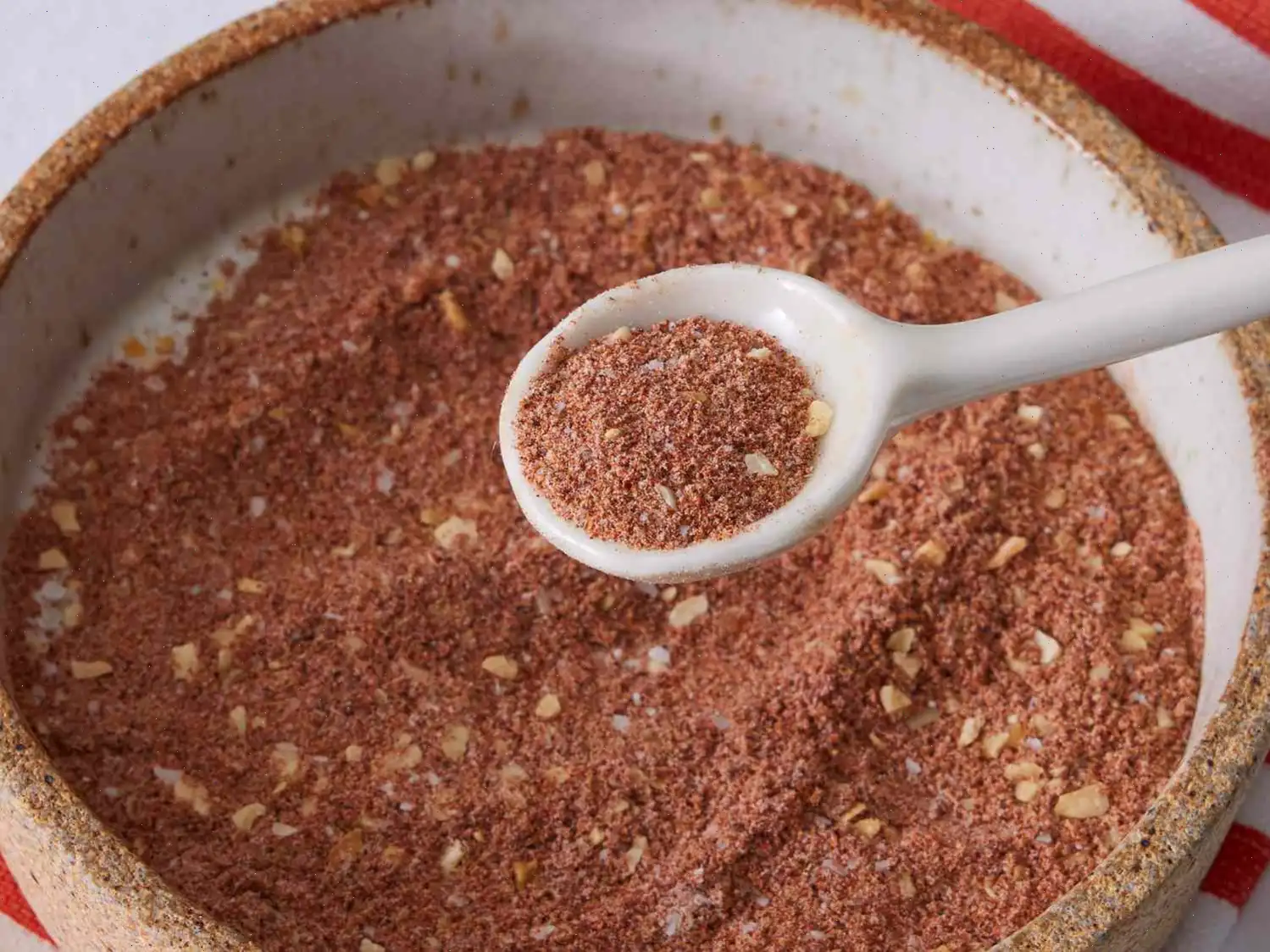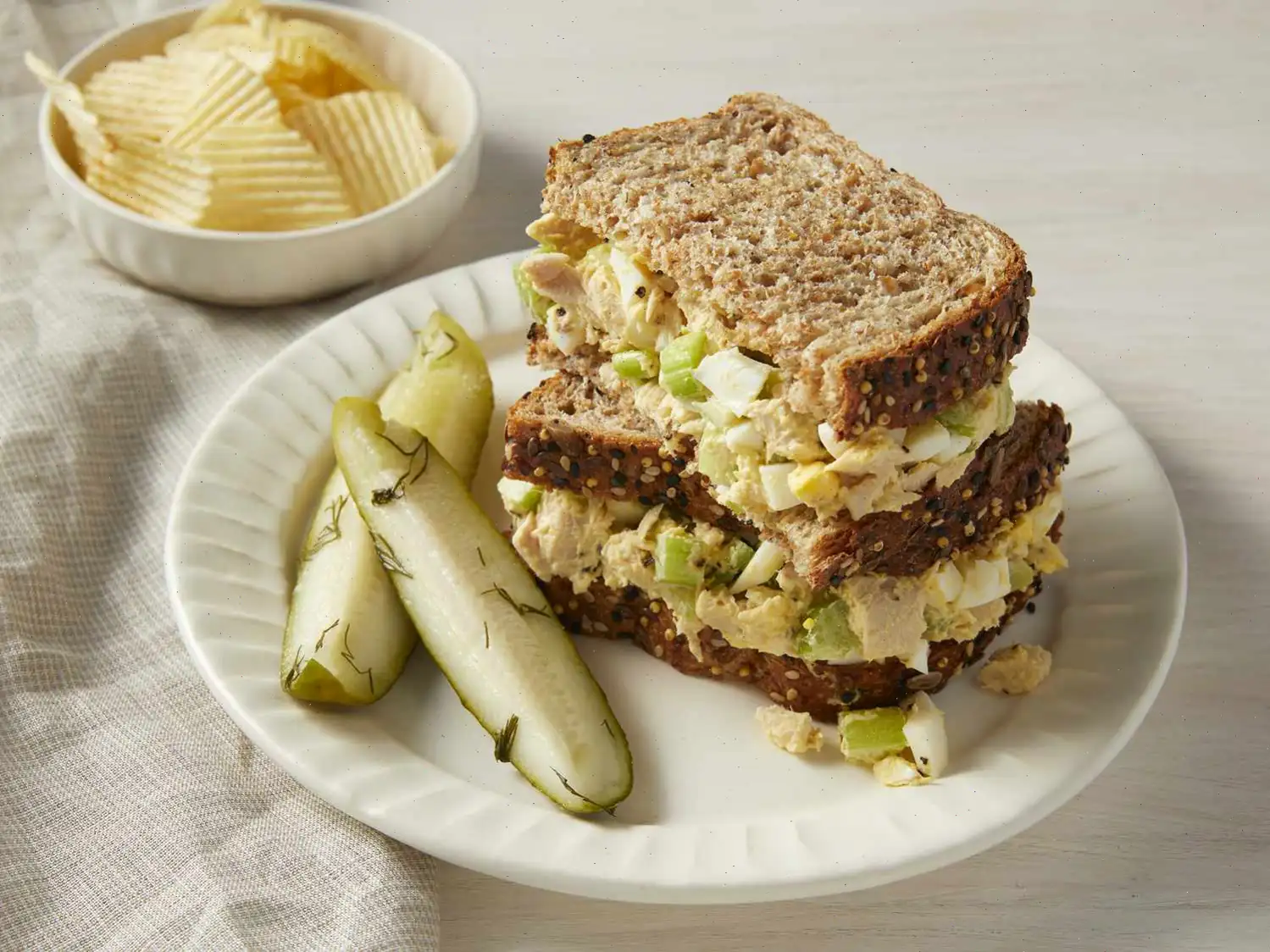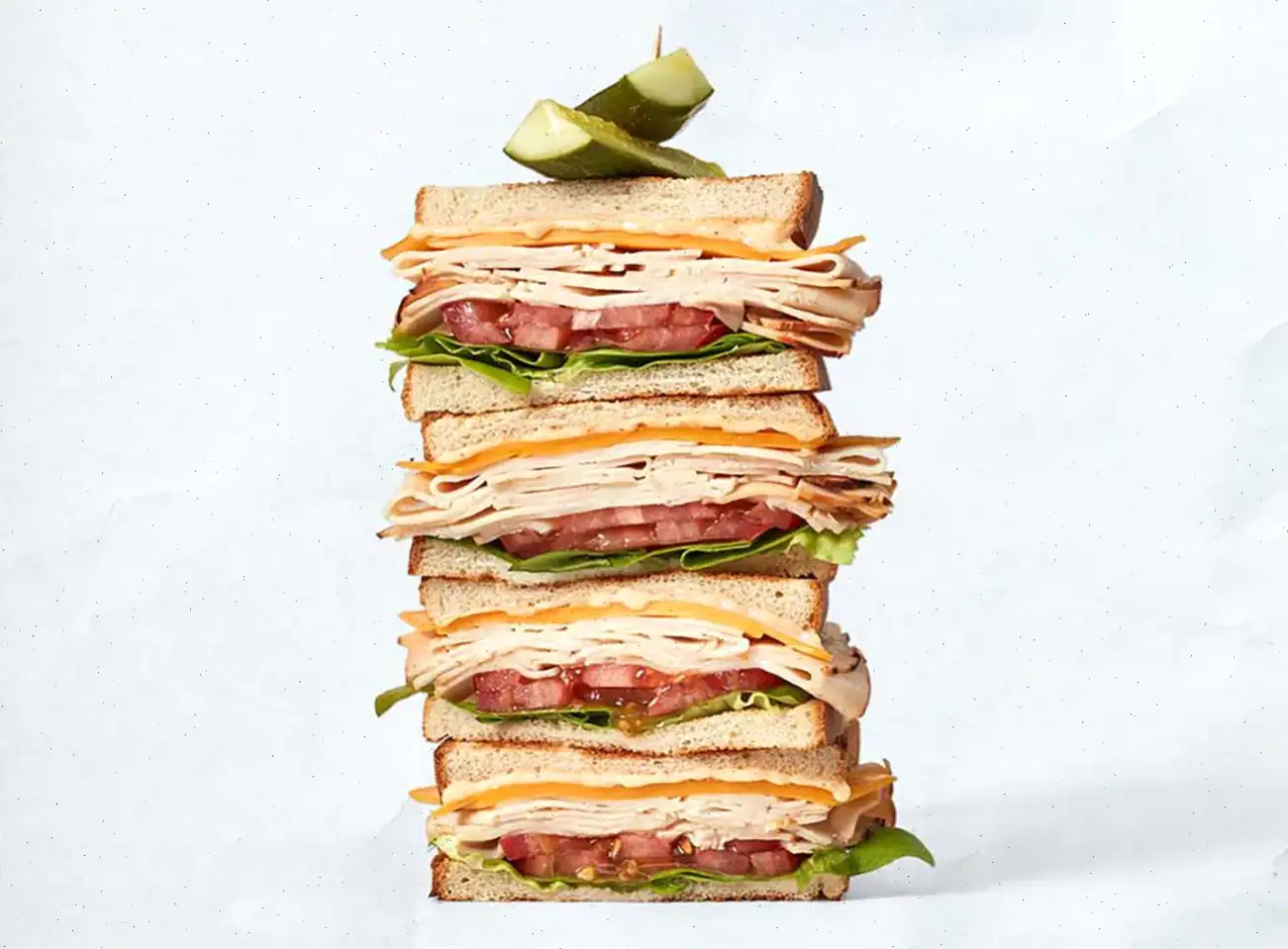
New England Beach Pizza Recipe
Ingredients
This recipe was developed at its original yield. Ingredient amounts are automatically adjusted, but cooking times and steps remain unchanged. Note that not all recipes scale perfectly.
Original recipe (1X) yields 12 servings
Sauce
- 2 tablespoons olive oil
- 3 cloves garlic, crushed
- 1/4 cup tomato paste
- 2 cups marinara sauce
- 1/4 cup water
- 1/4 cup white sugar, or to taste
- 1/4 teaspoon dried oregano
- 1/4 teaspoon chili flakes (optional)
Pizza
- 24 ounces pizza dough
- 3 ounces shredded mozzarella cheese
- 12 slices provolone cheese
Directions
- Preheat the oven to 475F (245C).
- Heat olive oil in a saucepan over medium heat. Saut garlic until fragrant, about 30 seconds.
- Stir in tomato paste and cook, stirring for another 30 seconds.
- Add marinara sauce, water, sugar, oregano, and chili flakes. Bring to a simmer, and cook, stirring occasionally, for 10 to 15 minutes. Taste for seasoning and adjust if necessary. Turn off the heat and set aside.
- Roll and stretch the pizza dough into a rectangle about 15x10 inches in size.
- Rub a 13x18-inch half sheet pan with olive oil and transfer the dough onto it. Stretch the dough to cover the entire pan. If the dough pulls back from the edge, let it rest for a few minutes and then continue shaping.
- Top the dough with a light layer of sauce (the recipe will make extra sauce). Then, sprinkle the shredded mozzarella cheese evenly on top.
- Bake in the preheated oven for 15 to 20 minutes, or until the crust is golden brown and cooked through.
- As soon as the pizza comes out of the oven, top with slices of provolone cheese. You can serve the pizza immediately or return it to the oven for a few more minutes to melt the provolone further.
Nutrition Facts (per serving)
| Nutrient | Amount | % Daily Value |
|---|---|---|
| Calories | 346 | - |
| Total Fat | 17g | 22% |
| Saturated Fat | 7g | 33% |
| Cholesterol | 25mg | 8% |
| Sodium | 693mg | 30% |
| Total Carbohydrate | 36g | 13% |
| Dietary Fiber | 2g | 7% |
| Total Sugars | 8g | - |
| Protein | 13g | 27% |
| Vitamin C | 2mg | 3% |
| Calcium | 284mg | 22% |
| Iron | 2mg | 12% |
| Potassium | 287mg | 6% |
Note: Nutrition data includes the full amount of sauce. The actual amount of sauce consumed will vary.
The Story Behind New England Beach Pizza
New England Beach Pizza is a unique culinary creation that traces its roots to the seaside communities of Massachusetts and Rhode Island. Originating in the mid-20th century, it was designed as an affordable, portable meal for families enjoying a day at the beach. Unlike traditional Italian pizzas, Beach Pizza is baked on a thin sheet pan, resulting in a crispier, thinner crust that holds up well in sandy, outdoor settings. Its distinctly sweet tomato sauce and combination of shredded mozzarella with provolone slices became defining characteristics, setting it apart from standard pizzerias of the era.
Regional Variations and Local Touches
While the core concept remains consistent, local adaptations reflect regional tastes. In New England, bakeries along the Massachusetts coastline often add a touch of sugar or a pinch of chili flakes to the sauce, balancing sweetness with subtle heat. Some areas top their pizzas with additional provolone or even a blend of cheeses to enrich flavor. Despite these minor variations, the rectangular shape and thin crust remain a signature feature, making it instantly recognizable to locals and visitors alike.
What Sets It Apart from Other Pizzas
Beach Pizza differs from more familiar pizza styles in several ways. First, the dough is stretched thin and baked in a rectangular pan rather than on a pizza stone, giving it a crispier, almost cracker-like texture. Second, the sauce is unusually sweet, often enhanced with sugar, distinguishing it from the tangier sauces found in New York or Chicago-style pizzas. Finally, the use of whole provolone slices layered over shredded mozzarella adds a creamy, rich flavor profile that melts differently than uniform shredded cheeses, providing a unique eating experience.
Where Youll Typically Find It
Traditionally, New England Beach Pizza is sold at boardwalk bakeries, local pizzerias near the coast, and small family-run restaurants in seaside towns. It is particularly popular during summer months, where it is enjoyed by beachgoers as a quick snack or a shared meal. Some communities even serve it at local fairs and festivals, maintaining its status as a beloved regional specialty.
Fun and Interesting Facts
- The term "Beach Pizza" was coined because of its popularity among seaside vacationers rather than any unique cooking method.
- Unlike many other pizzas, it is often eaten cold or at room temperature, which makes it convenient for picnics.
- Some local historians suggest that the combination of sweet sauce and provolone reflects the Italian-American influence in New Englands culinary history.
- Despite its simplicity, Beach Pizza has inspired annual competitions in Massachusetts to see who can create the perfect thin-crust version.
- Its rectangular pan shape makes it easier to cut into long strips, perfect for grabbing a slice on the go.








